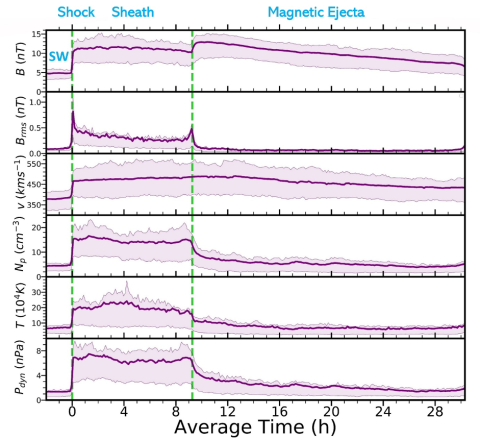CMEs can be distinguished from the ambient solar wind by many in situ characteristic plasma, magnetic field, compositional, and charge-state signatures. These heliospheric counterparts of CMEs measured in situ as they propagate outwards from the Sun within the ambient solar wind are sometimes referred to as interplanetary coronal mass ejections (ICMEs). Kinematics and dynamics of ICMEs can differ significantly from their coronal counterparts due to interactions undergone during their heliospheric propagation. Manifestations of these interactions (i.e., deflection, rotation, deceleration/acceleration, erosion) can lead to complexities in the general understanding of CME evolution. Our research aims to further the understanding of CME evolution with studies focused on tracking signatures of specific ICMEs over different heliocentric distances (both statistical and case studies) and analysis of CMEs observed at a single spacecraft. We use data of different resolutions from a wide range of spacecraft: both dedicated solar wind spacecraft such as ACE, Wind, STEREO, Solar Orbiter, and Parker Solar Probe, and planetary mission spacecraft such as MESSENGER and Venus Express. Such a breadth of studies allows us to examine the heliospheric evolution of CMEs from different perspectives and probe the influences of interactions (i.e., with the ambient solar wind, large-scale transients, and other CMEs) on its evolution. In addition, the dedicated studies of CMEs, based on in situ measurements compliments our group’s further avenues of CME research, based on remote-sensing observations and ideal MHD simulations.

Figure 1: Typical in-situ signatures of a CME structure [shock (at t=0), sheath, and magnetic ejecta] near 1 AU, based on the superposed epoch analysis of 106 CMEs, measured by one of the twin STEREO spacecraft. The panels show distributions (from top to bottom) of the magnetic field strength, total root-mean-square variation of the magnetic field strength, solar wind speed, proton density, proton temperature, and dynamic pressure. The vertical green dashed lines bound the CME sheath. The region to the left of the vertical green dashed lines represents the ambient solar wind (SW) and the region to the right of the vertical green dashed lines represents the magnetic ejecta. The durations are that of a typical magnetic ejecta and sheath.
Understanding the (i) initiation, i.e., mechanisms, processes and forces governing the CME take-off, and (ii) propagation of CMEs, including acceleration, deflection, rotation, distortion and so on, is one of the most essential topics in space science research. The UNH/CME group is investigating these fundamental issues with the modern techniques in remote-sensing observations and numerical simulations.